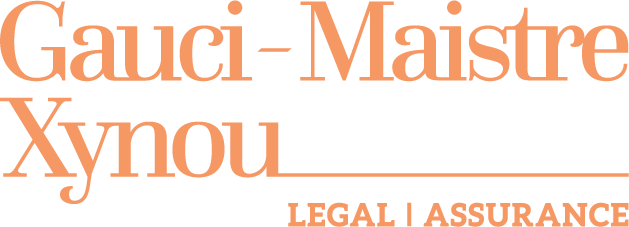Soaring. Flying. Whirling. Hovering. Diving. Landing. All at the press of a button.
Civil drones are the 21st century dancers in the sky. Tech savvy consumers have fallen in love with them and the romance is set to endure as technological advances have jaw-dropping models hit the market every few months. DJI Mavic 2, Mavic Air, Phantom 4 Pro, Inspire 2 and Walkera Voyager 5 have fingers itching and pulses racing for more.
Yet what seems an innocuous adrenaline rush during one’s spare time is actually causing headaches as legislation is scrambling to catch up so as to ensure both safe and legal use. Nor is the proliferation of these unmanned flying gadgets merely a craze that will ebb and flow with fashion tides since civil drone technology is estimated to take up 10% of the EU civil aviation market within the next decade. Such a booming lucrative industry also translates into thousands of jobs over the next two generations at least.
Given that drones are not simply ‘toys for the boys’, the EU began to clampdown on dodgy drone users last June when it introduced updates to its aviation guidelines. Targeting both manufacturers and operators the remit of the resulting EU Aviation Safety Agency has been to set up a harmonious legal framework across the Union that goes beyond the 500 feet flying height limit. These new guidelines may be summarized as follows:
- Design must prioritise safety first irrespective of weight. Currently, drones lighter than 150kg fall under the jurisdiction of national authorities and therefore manufacturers and operators may opt for different design and safety requirements.
- Heavier drones would need additional features, such as automated landing in case the operator loses contact with the drone or collision avoidance systems.
- Drone operators need to be fully aware of the rules and relevant training must be given before they actually use one.
- A national register to be set up so as to catalogue each drone and its operator to enable identification in case of accidents and/or emergencies. The smallest drones are however exempt.
- Establish a maximum altitude and distance limits for drone flight.
- Establish which drones need to be certified and be equipped with more safety features in the light of the risks they pose.
Compliance is easier said than done since it is not a question of updating nation-specific aviation laws in each EU member state. Malta is a prime example of a complex scenario since it has a controlled airspace, meaning higher weather minimum conditions to ensure safety, security and efficiency in high-volume air-traffic areas. Incidentally, controlled airspace is a generic term that covers Class A, Class B, Class C, Class D, and Class E airspace to provide ATC clearance to IFR flights and to VFR flights that fall within each category. Listed under Class C, Malta’s controlled airspace has a 4,000 feet elevation. Malta also allows the operation of multicopters in its controlled airspace.
Although drone legislation has not yet been enacted in Malta, there are a number of rules and regulations that need to be adhered to. To begin with, all flights need individual approval by the Civil Aviation Department if the drone weighs more than 250g. Consequently, apart from contact details, all camera drones require an individual license, valid drone insurance, declaration of technical specifications, plus a description of planned flight maneuvers. Proof of training is an advantage and this is bound to become mandatory especially as regard the more sophisticated flying machines. As things stand, commercial operators (many offering drone photography and videography services) need to apply for a permit each and every time they wish to use their drones. Permits take about seven working days to be processed. Such a case-by-case approach is a stop-gap measure that is both bureaucratic and not necessarily capable of keeping up with technological advances.
While encouraging use in good weather and visibility, Malta’s CAD designates no-fly zones in the proximity of airports, power stations, hospitals, and prisons. Nor can drones fly over public gatherings and private property without the consent of the owners. Sadly, some people look upon rules as only fit to be broken. Apart from salient safety concerns, unauthorized surveillance is another worry for legislators and law enforcement.
Admittedly, leading drone manufacturers have now incorporated ‘No Fly Zone’ features into their design which they can update or change using firmware updates. Although this move makes both commercial and ethical sense, it does not guarantee flight safety nor prevent accidental flights in restricted areas because:
- Not all manufacturers have followed suit;
- Some people get a kick out of sheer defiance.
The consequences of outdated or inadequate aviation laws could be much worse than the mayhem drones caused at Gatwick Airport in the countdown to last Christmas which left tens of thousands of passengers stranded for days. Another drone scare hit Heathrow this week. It is easy to say that passenger frustration pales into insignificance when compared to the safety of their lives. Yet this is no justification for reckless and brazen behavior, which may also be a deliberate economic or politically destabilizing maneuver.
Bona fide drone enthusiasts do not go down this heinous avenue. Yet it makes sense to keep up with existing regulations and their updates which is not easy to do so in such a fluid situation. At GMX Law we will be more than happy to help and guide you through any doubts you may have in what is still a grey area. Seeking our legal advice will ensure drones without moans.



